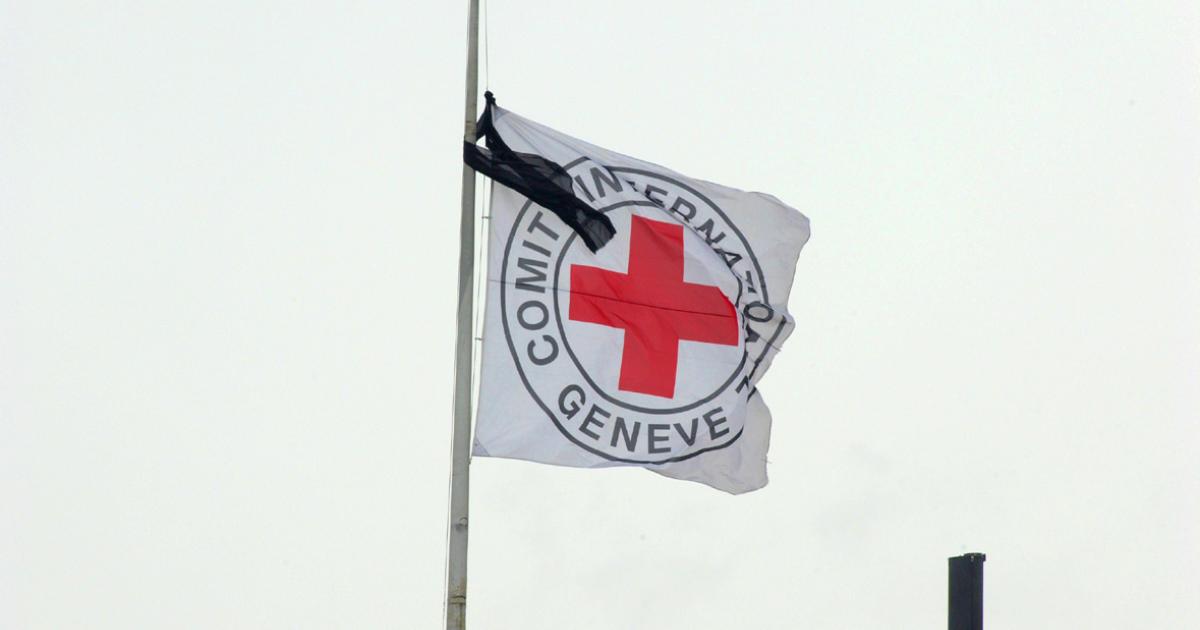The Chair of the Royal Commission into Defence and Veteran Suicide says new suicide monitoring data reinforces the need for urgent action to address the national crisis.
A report from the Australian Institute of Health and Welfare released today reveals there were at least 1677 deaths by suicide between 1997 and 2021 among serving, ex-serving and reservist Australian Defence Force personnel who served on or after 1 July 1985.
Disturbingly, the data shows ex-serving females are twice as likely to die by suicide than the general female Australian population whether they served in the permanent forces or only in the reserves.
Ex-serving males who were enlisted in the permanent forces are 42% more likely to die by suicide than the broader male Australian population; however, ex-serving males who served exclusively in the reserve forces are no more likely to die by suicide than the general Australian male population.
The AIHW also compared suicide rates for ex-service personnel based on whether they had left the ADF by choice or their employment was terminated.
The new data indicates ex-serving females who are involuntarily discharged on medical grounds are 5.2 times more likely to die by suicide, while those who are involuntarily discharged for reasons other than medical reasons are 2.44 times more likely to die by suicide.
Ex-serving males who are involuntarily discharged on medical grounds are 2.78 times more likely to die by suicide, while those who are involuntarily discharged for other reasons are 1.54 more likely to die by suicide.
Chair of the Royal Commission, Nick Kaldas, said the latest AIHW report reinforces the need for urgent action to stop the senseless loss of life.
“This report reinforces that we are dealing with a national crisis,” Commissioner Kaldas said. “I urge the Government and its agencies to work with us to achieve better outcomes for serving and ex-serving ADF members, and their families.”
Of the 1677 recorded suicide deaths, 1542 were men and 135 were women.
“Tragically, that’s more than 20-times the number killed in active duty over roughly the same period,” Mr Kaldas said. “And the problem is likely much more serious than the figures portray because they do not include serving and ex-serving members whose deaths were not officially recorded as suicide, such as incidents where intent could not be determined – nor do they include those who served before 1985, including our Vietnam Veterans, who died by suicide.”
The Royal Commission continues to examine the many complex cultural and systemic issues, including within the ADF and Departments of Defence and Veterans’ Affairs, that are failing past and present ADF personnel, and their families – and contributing to high rates of suicide and suicidality in our military community.
“We’re determined to deliver robust, evidence-based findings and recommendations that will lead to improved mental health and wellbeing outcomes for past and present ADF members – and contribute to a stronger, more resilient and better ADF to meet Australia’s future defence capability needs,” Commissioner Kaldas said.
A final public hearing will be held in Sydney in March where senior Government and Defence leaders are expected to give evidence.







